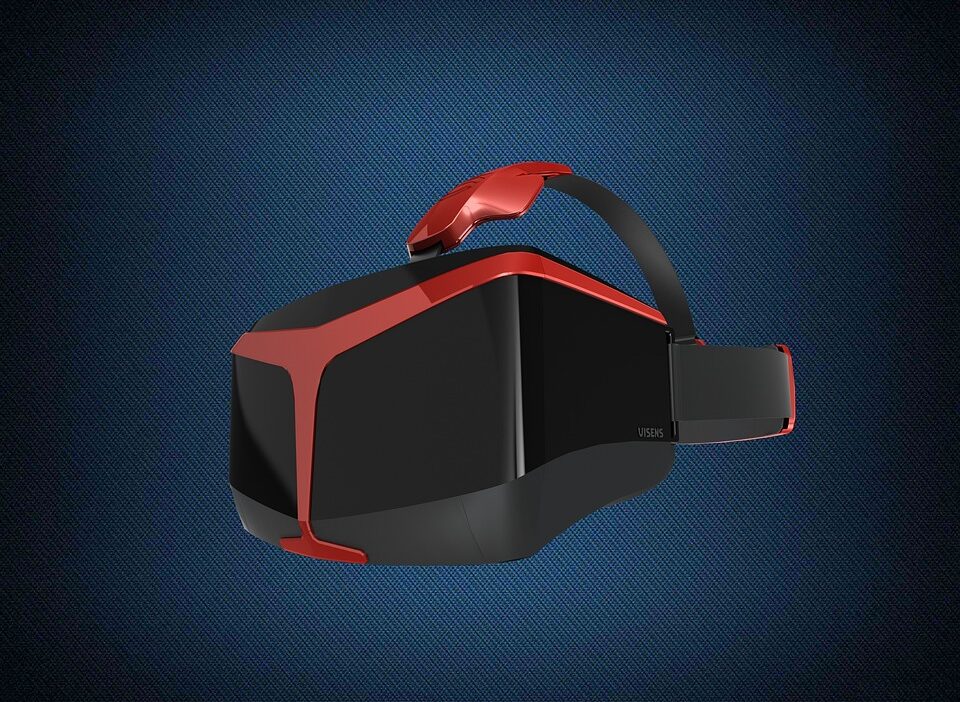In recent years, the world has witnessed a technological transformation that has reshaped various industries and altered the way consumers interact with products and services. At the forefront of this revolution is Virtual Reality (VR), a technology that immerses users in computer-generated environments, enabling experiences that were once limited to science fiction. As businesses begin to recognize the vast potential of VR, many are adapting their strategies to thrive in a virtual marketplace.
The Rise of Virtual Reality in Business
Virtual Reality is no longer confined to gaming and entertainment. Instead, it has emerged as a viable tool for businesses across various sectors. Companies are harnessing VR to enhance customer engagement, streamline operations, and innovate their product offerings.
Immersive Customer Experiences
One of the most significant ways businesses are utilizing VR is by creating immersive customer experiences. For instance, real estate firms are using VR to offer virtual tours of properties, allowing potential buyers to explore homes without ever setting foot inside. Meanwhile, retailers are leveraging VR technology to enable customers to try on clothes or visualize furniture in their homes, enhancing the purchasing decision process.
Entertainment companies, too, are exploring the capabilities of VR by offering unique experiences that transcend traditional media. From interactive concerts to immersive storytelling, consumers are drawn into virtual worlds that create an emotional connection with brands.
Training and Development
Beyond customer experience, VR is revolutionizing employee training. Traditional training methods often rely on manuals, videos, or in-person demonstrations. In contrast, VR provides a safe and controlled environment where employees can practice skills, simulate scenarios, and learn from their mistakes without real-world consequences. Industries such as healthcare, aviation, and manufacturing have seen significant improvements in training outcomes by implementing VR solutions.
For example, medical professionals can practice surgical procedures in a risk-free virtual environment, allowing them to hone their skills before operating on real patients. Similarly, pilots can undergo flight simulations that prepare them for emergencies without jeopardizing safety.
Marketing and Branding
Marketing in the age of VR presents unique opportunities for businesses to capture consumer attention. Brands can create engaging narratives through immersive advertisements that allow consumers to experience their products in a multi-dimensional space. This storytelling approach is not only more memorable but can also drive higher engagement rates and conversion rates.
For instance, automotive companies are leveraging VR technology to allow consumers to experience a test drive before even visiting a dealership. By virtualizing the car buying experience, brands can differentiate themselves in a competitive market, appealing to tech-savvy consumers who seek convenience and innovation.
Challenges and Considerations
While the benefits of adopting VR in business are numerous, it is essential to recognize the challenges that come with it. High development costs, technological limitations, and the need for skilled personnel can present significant barriers to entry for some companies. Moreover, as VR technology continues to evolve, businesses must remain adaptable and proactive in integrating new advancements.
Additionally, there are considerations around user accessibility and usability. Ensuring that VR experiences cater to diverse demographics and are equipped to accommodate users with disabilities is crucial for businesses aiming to create inclusive marketplaces.
The Future of Business in a VR Landscape
As the technology continues to mature and become more affordable, it is likely that the adoption of VR will accelerate, reshaping industries in ways we are only beginning to understand. The virtual marketplace may evolve to become a standard aspect of consumer behavior, with shoppers gravitating towards VR experiences that offer convenience, immersion, and personalization.
In the coming years, businesses that prioritize VR integration will likely gain a competitive edge, positioning themselves as innovators in their respective markets. The key will be to strike a balance between leveraging technology and maintaining human connection, ensuring that VR enhances, rather than replaces, the personal interactions that lie at the heart of successful business practices.
Conclusion
The VR revolution signifies a monumental shift in how businesses operate in a digital economy. By adopting virtual reality technologies, companies are not only redefining customer engagement but also enhancing internal training and marketing strategies. As VR continues to evolve, businesses that embrace this transformative technology will find themselves poised for success in an increasingly virtual marketplace. The future is here, and it’s immersive – welcome to the VR revolution.



